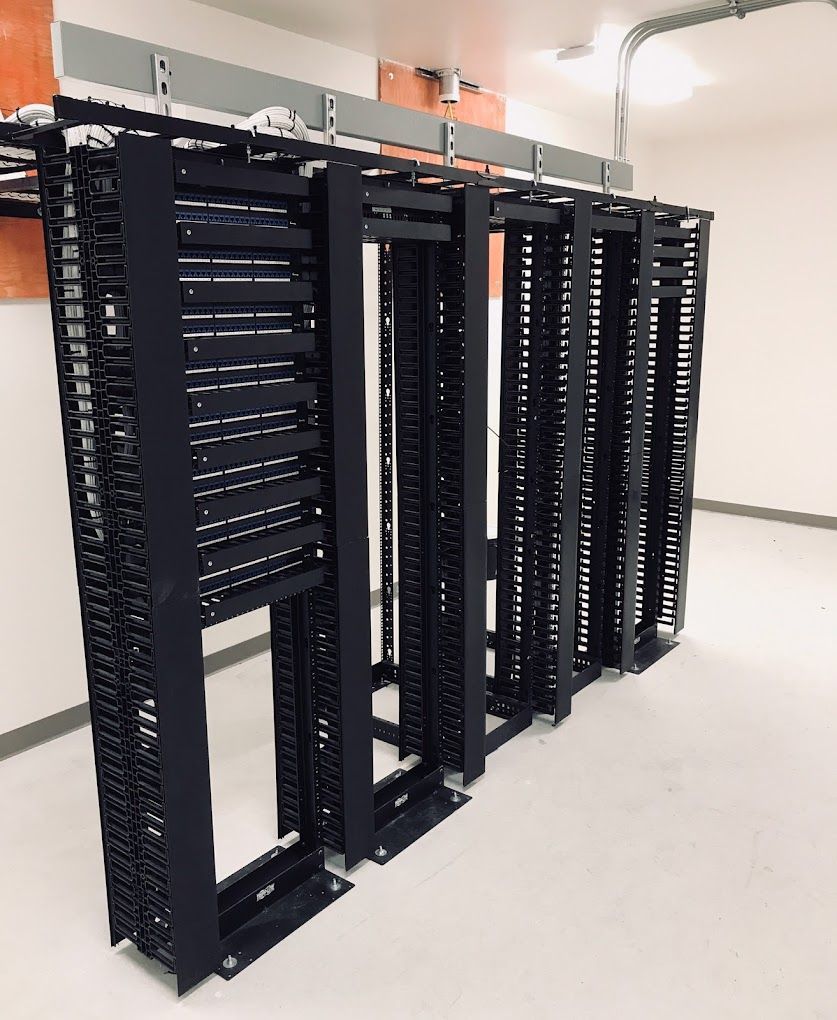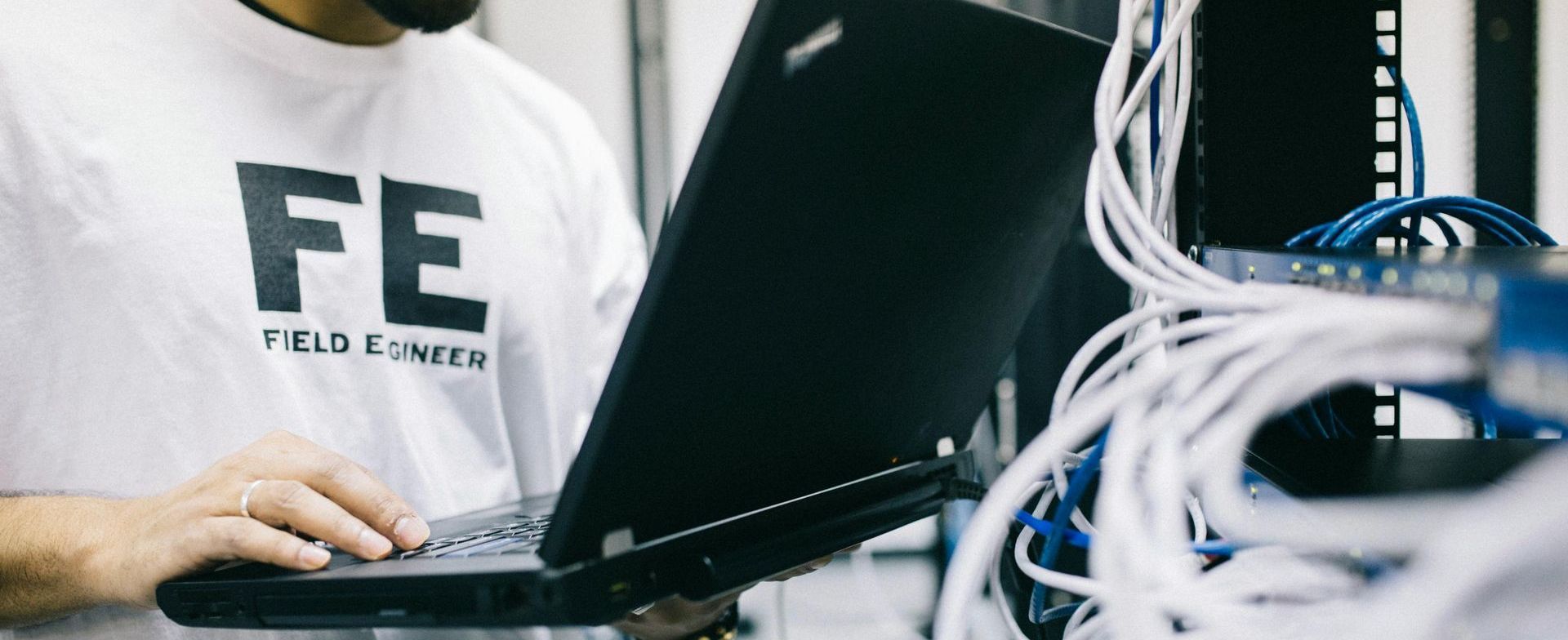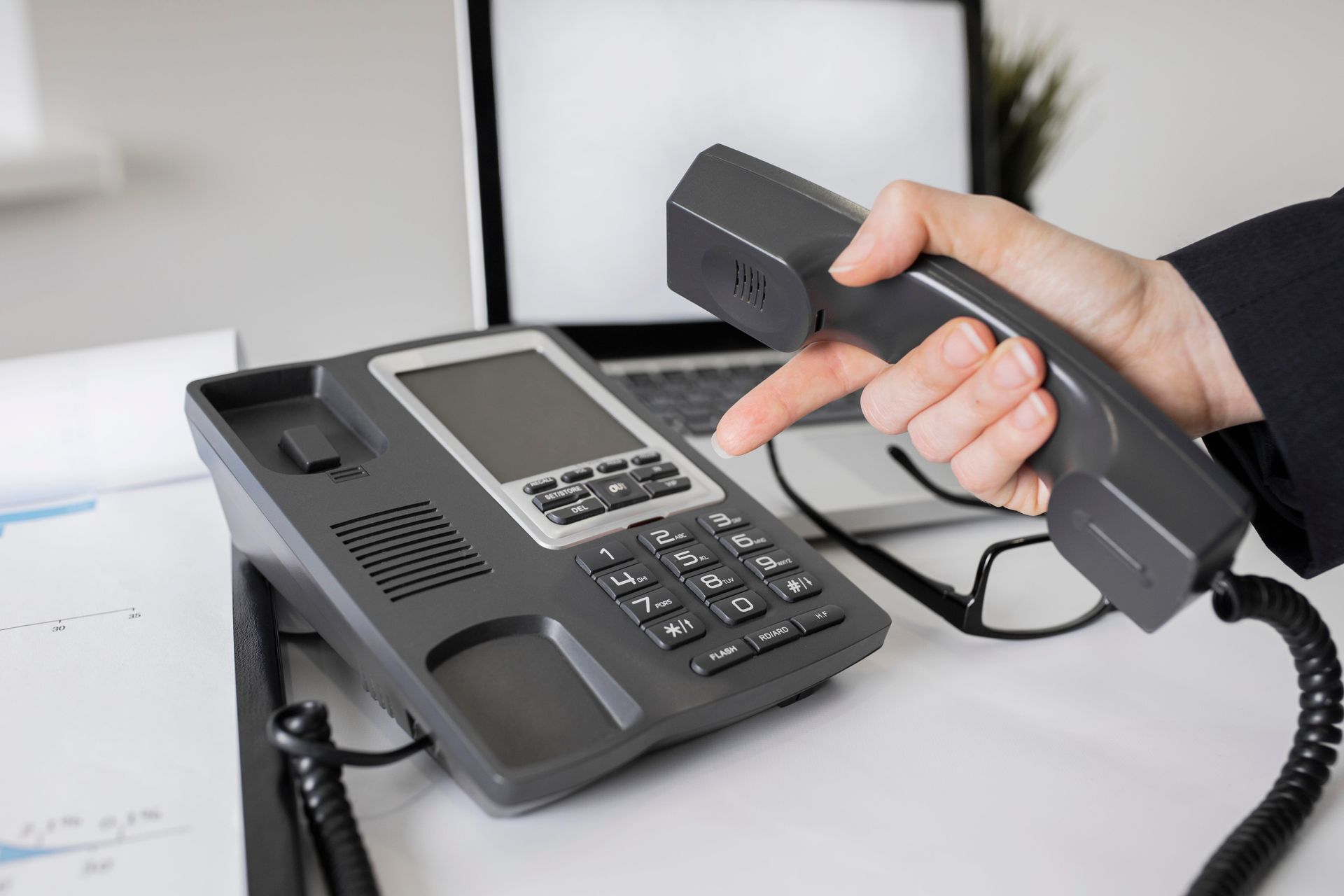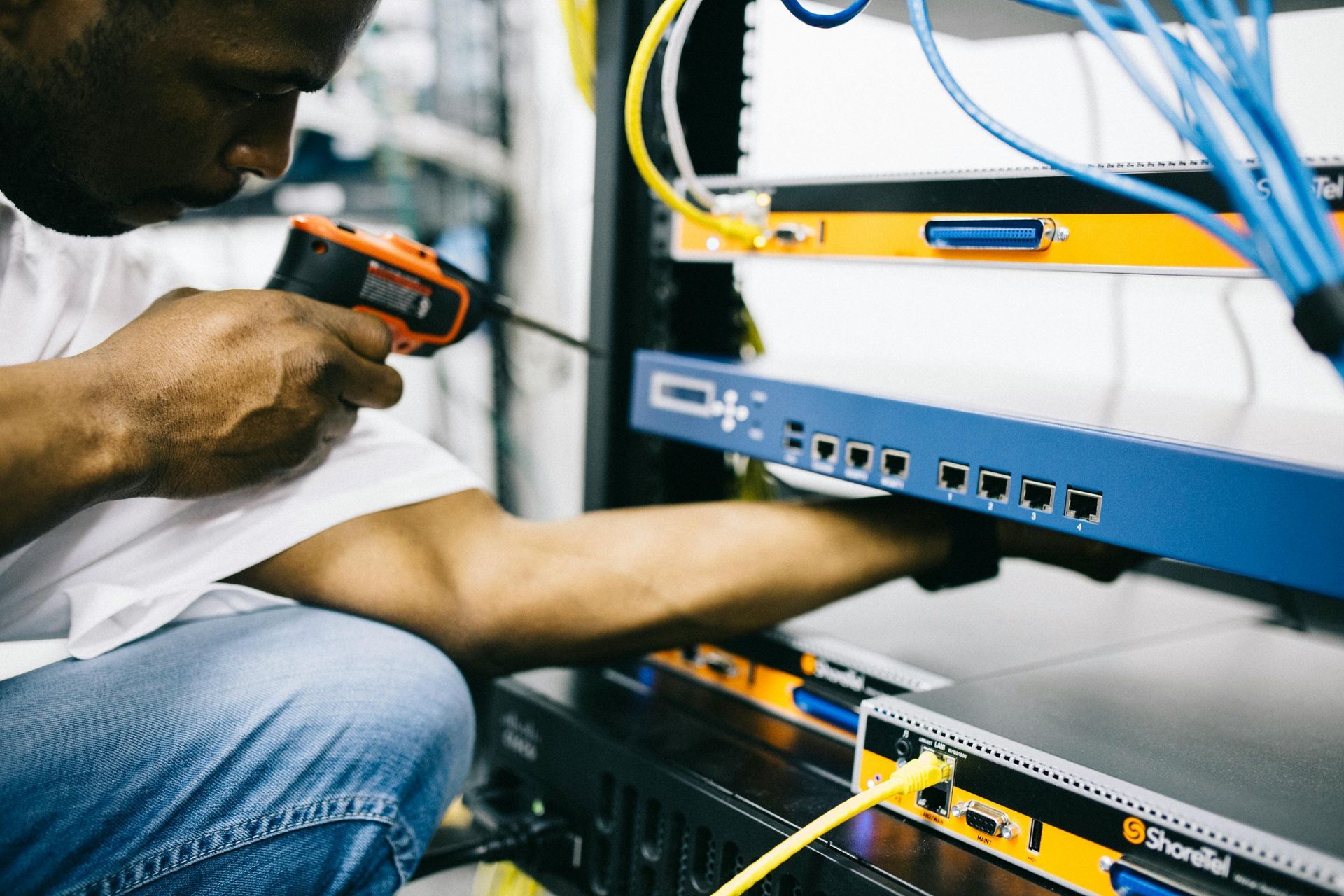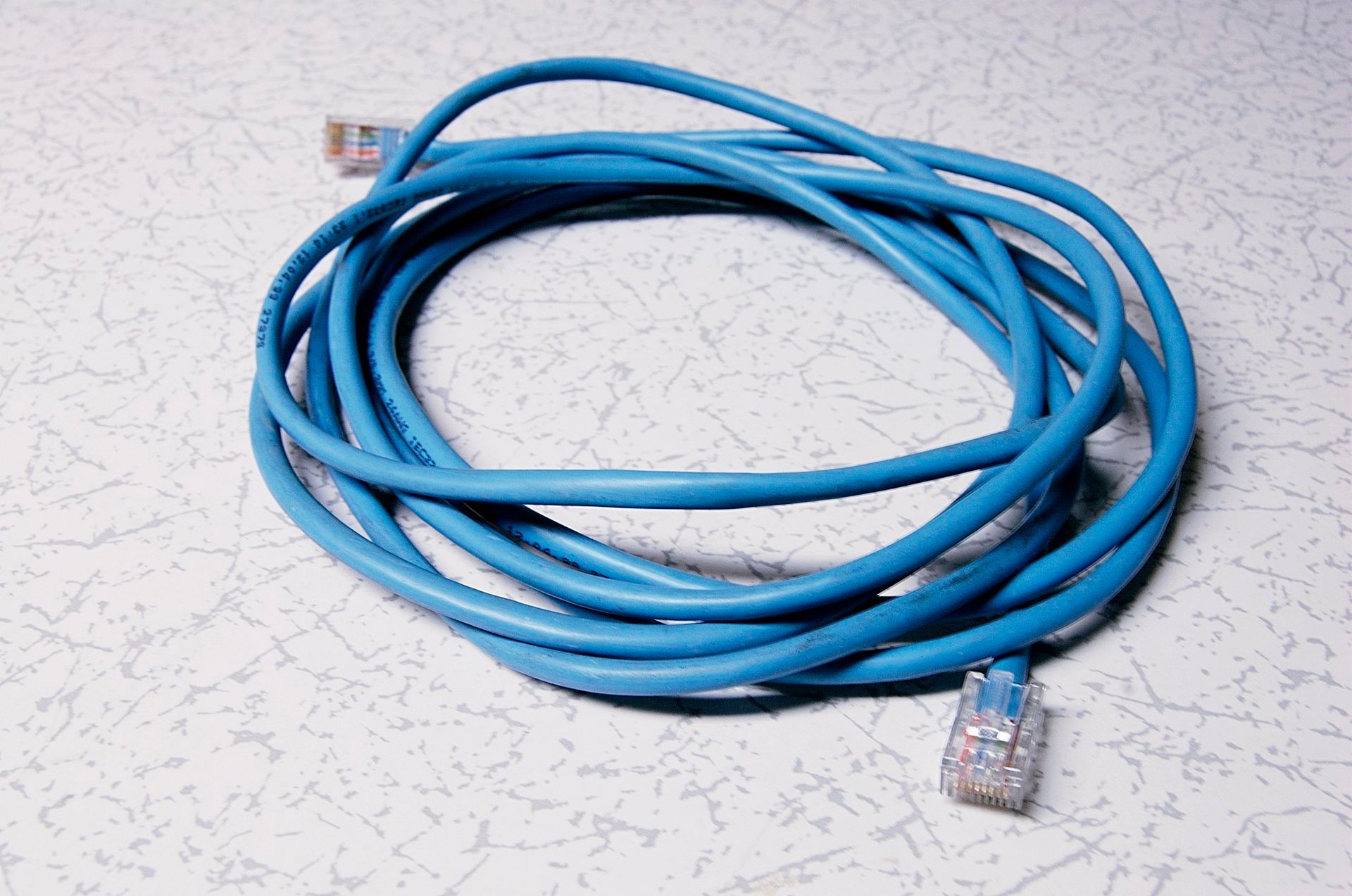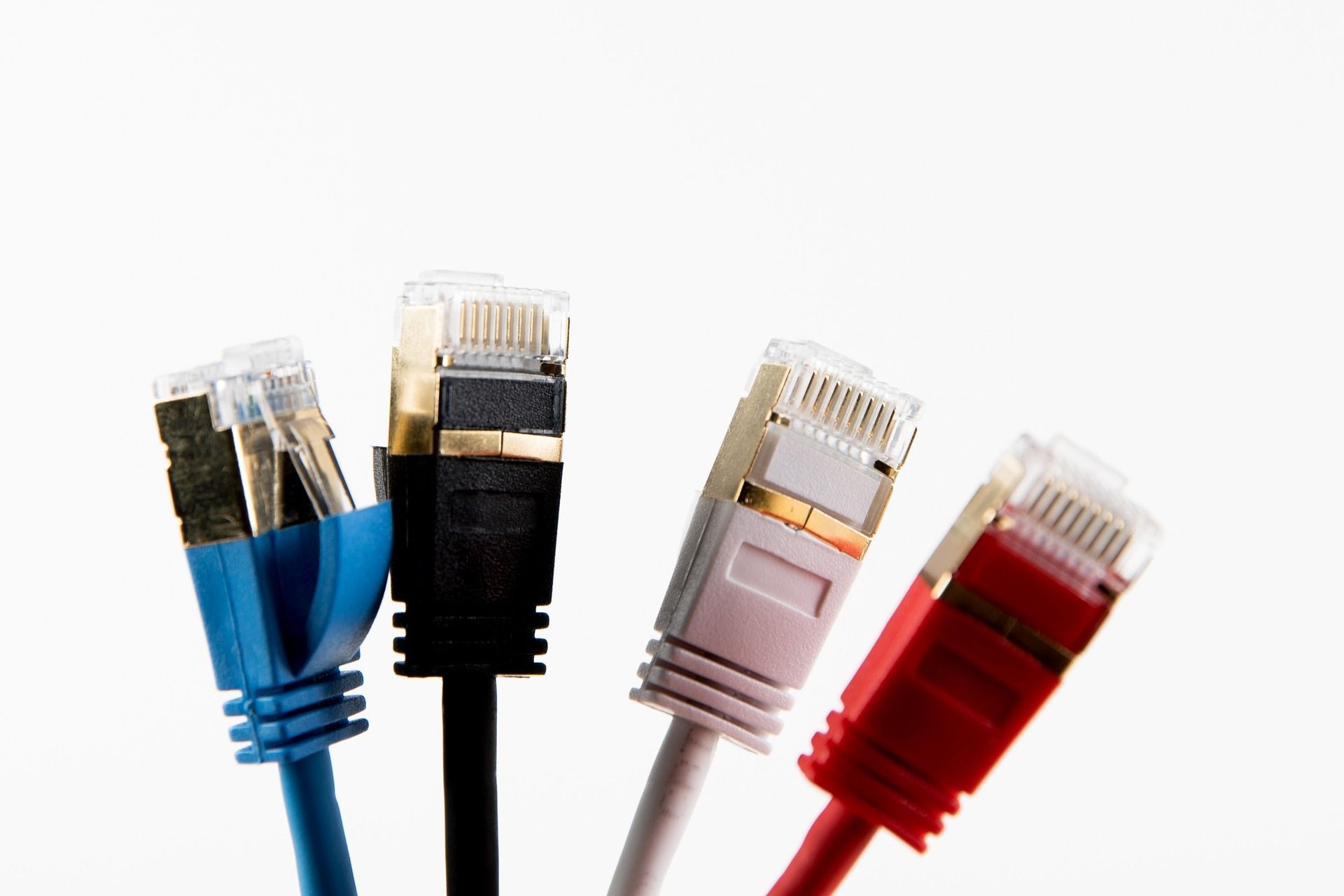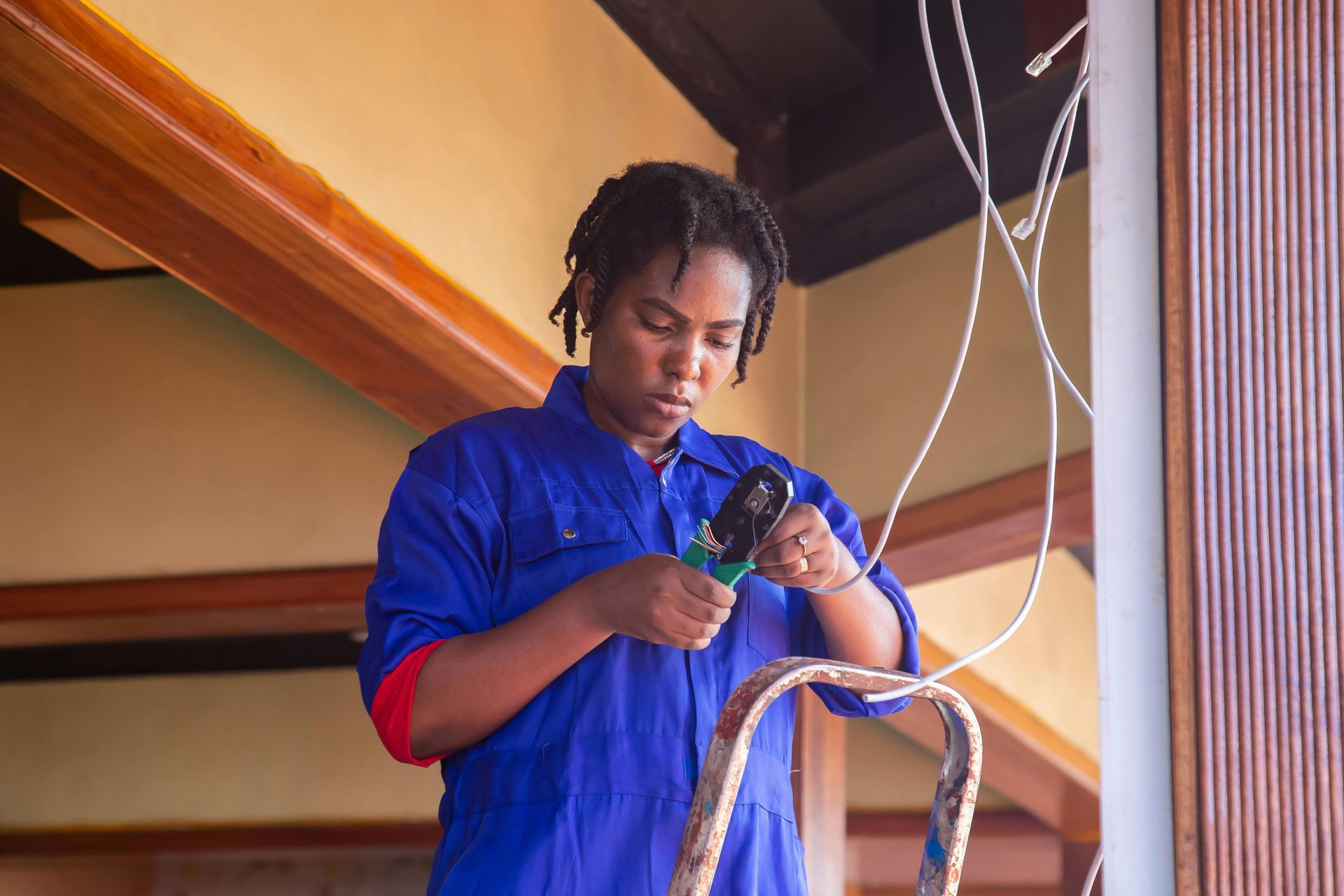The Risks of Skipping Cable Testing in Network Installations
The Hidden Dangers of Not Testing Network Cables

Omitting cable testing during network installations can have dire consequences on system performance and reliability. This article highlights the importance of cable testing and the potential risks associated with skipping this essential step.
Importance of Cable Testing
Testing cables ensures they are fit for purpose, verifying their capability to handle the designated data load without errors. It checks for continuity issues, correct configurations, and the absence of signal loss that could impede network operations.
Potential Issues from Skipping Cable Testing
- Unreliable Network Connections: Without proper testing, defective or subpar cables may lead to frequent disconnections and unpredictable network behavior.
- Degraded Performance: Networks operating with untested cables might suffer from slow data transmission speeds and high latency, impacting overall system efficiency.
- Costly Network Maintenance: Identifying and rectifying cable issues after a network is fully operational can be expensive and time-consuming, significantly increasing operational costs.
Recommended Practices for Effective Cable Testing
- Thorough Testing Procedures: Implement both basic checks and in-depth analyses to fully assess cable functionality.
- Advanced Testing Instruments: Utilize high-quality testing tools capable of detailed and accurate cable diagnostics.
- Detailed Record-Keeping: Maintain precise records of all tests performed for accountability and future troubleshooting.
Closing Thoughts
Neglecting cable testing is a gamble that can lead to major network issues. To ensure a reliable and high-performing network, integrate thorough cable testing into every installation process. This not only helps in identifying potential problems before they escalate but also enhances the longevity and efficiency of your network infrastructure.

